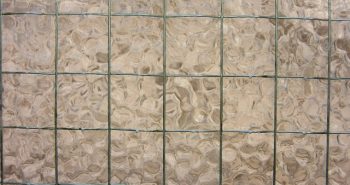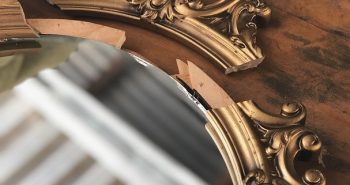Fire-resistant glass gives your fixtures extra security for when the unthinkable happens, all alongside excellent acoustic installation. Orderable in either wood, steel or in aluminium framing systems and we can incorporate your glass into any double glazed unit. We measure in particular periods (30, 60, 90, 120 and 180 minutes). Order your glass as either multi-laminated or modified toughened. Let us know your needs today.
Fire Resistant Glass in South London

30 minute Fire Rated Glass for Windows and Walls
We stock the most commonly used variant – 30-minute fire-rated laminated glass (not to be confused with regular laminated glass).
Unlike the more traditional forms of wired fire-rated glass – which we also supply – fire-rated glass has the general appearance of plain glass, although thicker.
To be effective, the fire-rated glass must be installed as part of a tested and approved glazing system and installed by specialists.
As well as being utilised as fireproof windows, our fire-rated glass may be used to construct fireproof glass walls.
London’s Fire-Rated Glass Specialist for Domestic and Trade
Osborn supplies 30-minute fire-rated glass to clients across the south and central London. We are happy to receive queries from both one-off residential buyers and volume trade clients.
Ask us a question
[contact-form-7 id=1373 html_class="stm_cf7 stm_cf7_style_1 "]Recommended Articles
How do you clean glass splashbacks?
2 years ago2339 viewsGeorgian wired glass
2 years ago3634 viewsHow To Hang A Glass Mirror
2 years ago2210 viewsThe Best Uses of Glass in Modern Architecture
6 years ago4698 viewsGlass or Acrylic Splashbacks – Which is Better for Your Kitchen?
9 months ago2865 viewsHow to Clean an Old Antique Mirror & Frame
6 years ago44038 views













